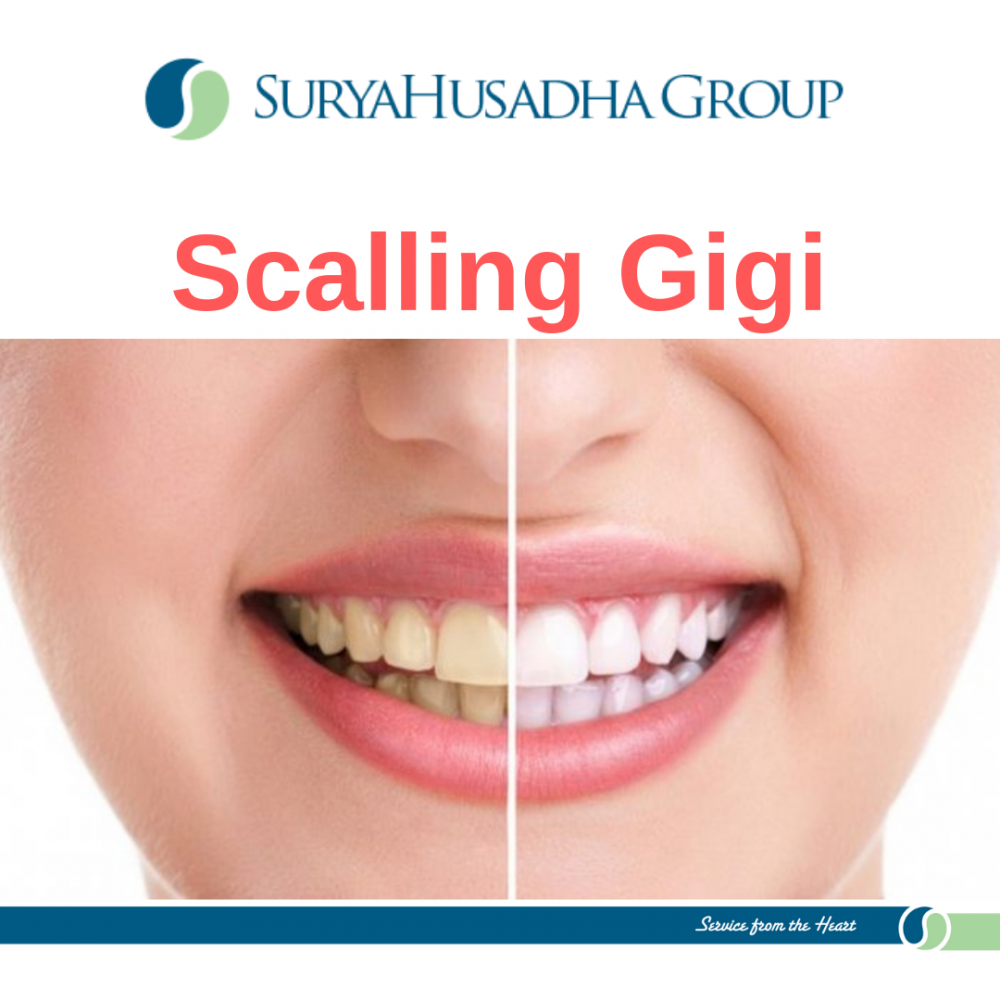Tartar (calculus) is a layer of deposit (hard material attached to the surface of the teeth) with a yellow or brown color caused by hardened plaque
Cause
The active bacteria that cause tartar are streptococcus and anaerobes that convert glucose and carbohydrates in food into acid. The combination of bacteria, acid, food residue and saliva in the mouth forms plaque. Plaque that hardens will become tartar
The process of tartar formation
After brushing your teeth, a clear layer called pellicle will form on the surface of the teeth. This pellicle has not been overgrown with germs. When it has been overgrown with germs, it is called plaque. Plaque is always in the mouth because it is formed all the time and will disappear when brushing your teeth. Plaque that is left for a long time will calcify and harden into tartar. Tartar causes the surface of the teeth to become rough and causes plaque to stick back and over time the tartar will thicken and become a nest for germs. If left alone, tartar can erode the bone that supports the teeth so that teeth are easily loose and fall out.
Action
The action that must be taken if tartar has formed is by cleaning the tartar which is called Scaling.
If tartar is not cleaned then;
- Infection occurs in the tooth support area (gums, tooth bones, tooth blood vessels)
- If it is infected, the sufferer will complain of itchy gums, bad breath, toothbrushes often bleed, teeth come loose from the tooth support
- If the infection reaches the inner layer of the tooth, it will cause the tooth support bone to thin and teeth to fall out easily
- Through the bloodstream, bacteria can spread to other organs such as the heart. Heart muscle disease (myocarditis) is a disease caused by focal infection (a disease triggered by infection from the teeth)
Prevention of tartar formation
Tartar can be prevented by:
- Brushing teeth perfectly
- Using dental floss to remove food debris stuck between two teeth where the toothbrush cannot reach
- Using mouthwash that can kill and inhibit the growth of bacteria that cause plaque and tartar
- Dental check-ups are carried out routinely 2 times a year or at the doctor's discretion
 English
English
 English
English
 Bahasa
Bahasa

English
English
Bahasa




